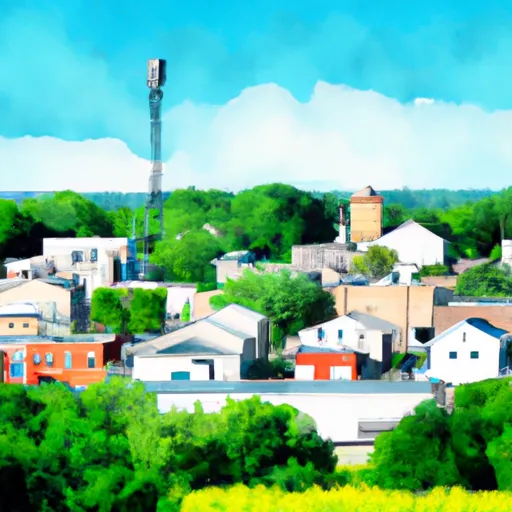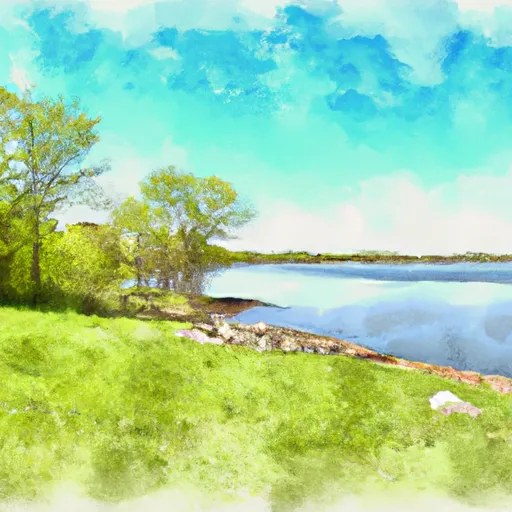°F
°F
mph
Windspeed
%
Humidity











Northboro, Iowa experiences a humid continental climate with four distinct seasons. Summers are warm and humid, with average temperatures reaching the high 80s°F. Winters are cold and snowy, with average temperatures in the 20s°F. The area receives around 33 inches of precipitation annually, evenly distributed throughout the year.
Northboro is surrounded by beautiful natural surroundings, including several lakes and rivers. The East Nishnabotna River flows through the region, providing opportunities for fishing and boating. Outdoor enthusiasts can also explore the nearby Waubonsie State Park, offering hiking trails, camping facilities, and picturesque views. With its diverse landscape and natural beauty, Northboro offers a range of outdoor recreation opportunities for residents and visitors alike.
Weather Forecast
Northboro receives approximately 870mm of rain per year, with humidity levels near 83% and air temperatures averaging around 11°C. Northboro has a plant hardyness factor of 5, meaning plants and agriculture in this region thrive during a short period during spring and early summer. Most plants will die off during the colder winter months.
Regional Streamflow Levels
149
Cubic Feet Per Second
83
Cubic Feet Per Second
58
Cubic Feet Per Second
24,000
Cubic Feet Per Second
Nearby Camping
| Camping Area | Reservations | Toilets | Showers |
|---|---|---|---|
| Pioneer City Park | |||
| Michigan Valley - Pomona Reservoir | |||
| Legion City Park | |||
| Pomona State Park | |||
| Lyons Park | |||
| Outlet Park - Pomona Reservoir |



